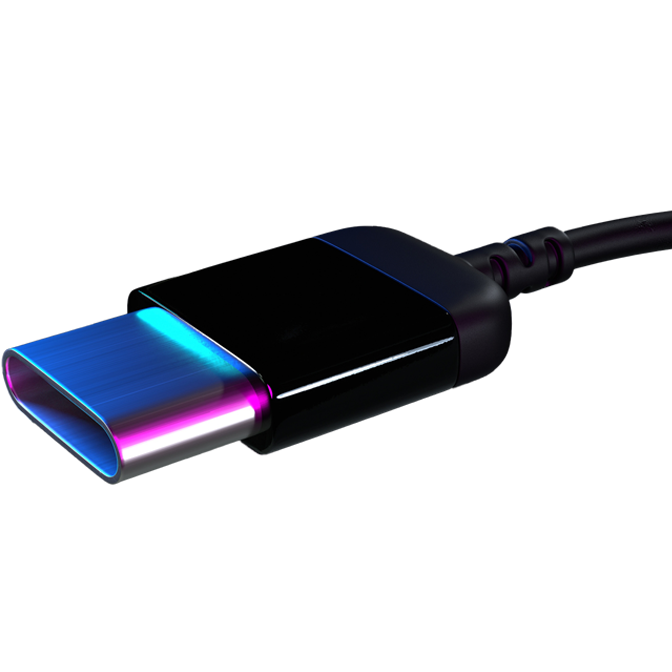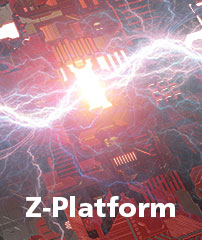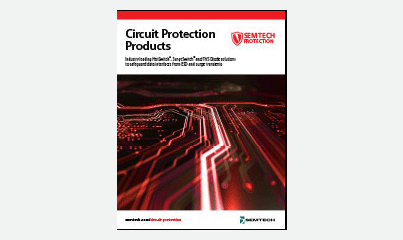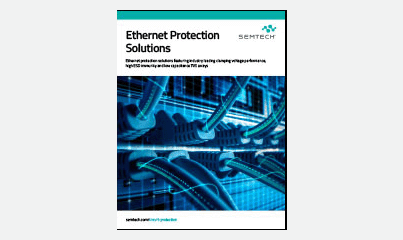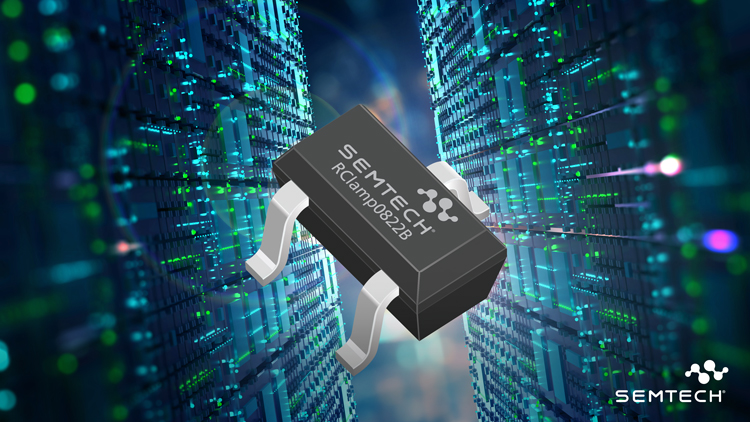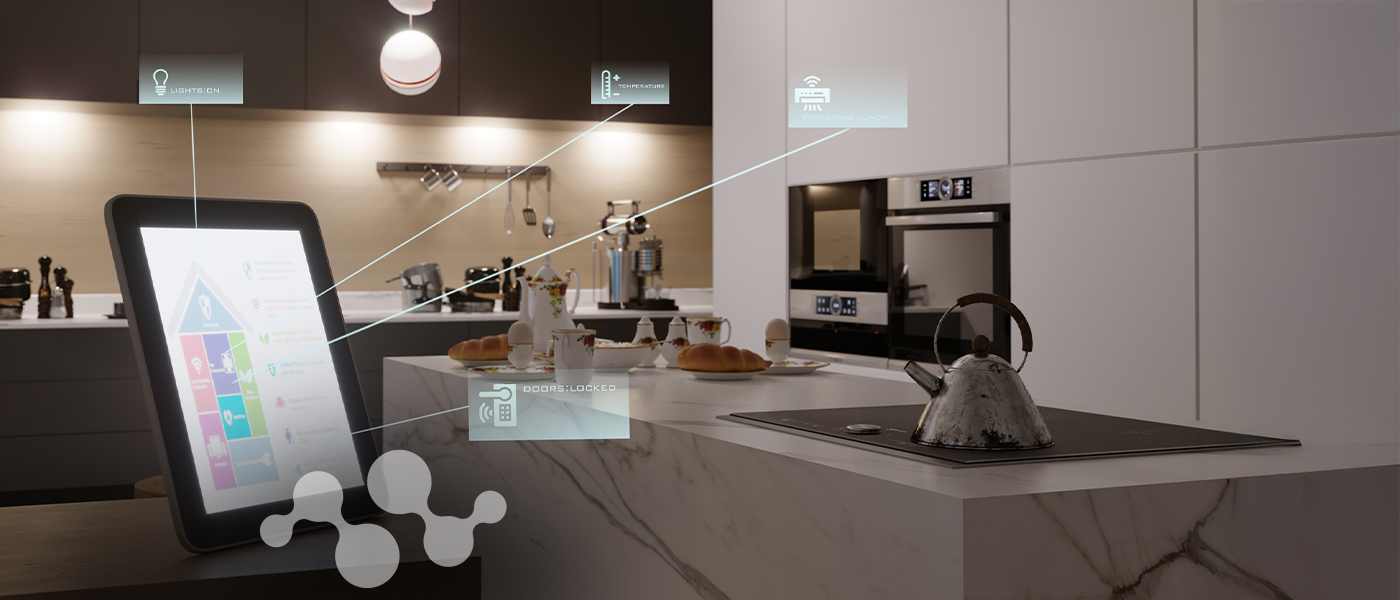Select by CategoriesParametric Specifications
Resources
Frequently Asked Questions
An ESD diode is a fast-acting protection device designed to clamp electrostatic discharges, preventing damage to sensitive electronics. It features low clamping voltage, low capacitance for high-speed signal integrity, minimal leakage current, and comes in compact packages for space-constrained designs.
- VRWM (Reverse Stand-Off Voltage)
- Clamping voltage (Vc)
- Peak pulse current ratings (e.g., 8/20 µs)
- Capacitance (critical for high-speed lines)
Match the diode's VRWM slightly above your normal line voltage, ensure clamp and capacitance specs align with your system, and consider packaging (e.g. low-profile, array options).
In general, choose unidirectional for DC power lines.
In general, choose bidirectional for data/communication lines or AC interfaces.
